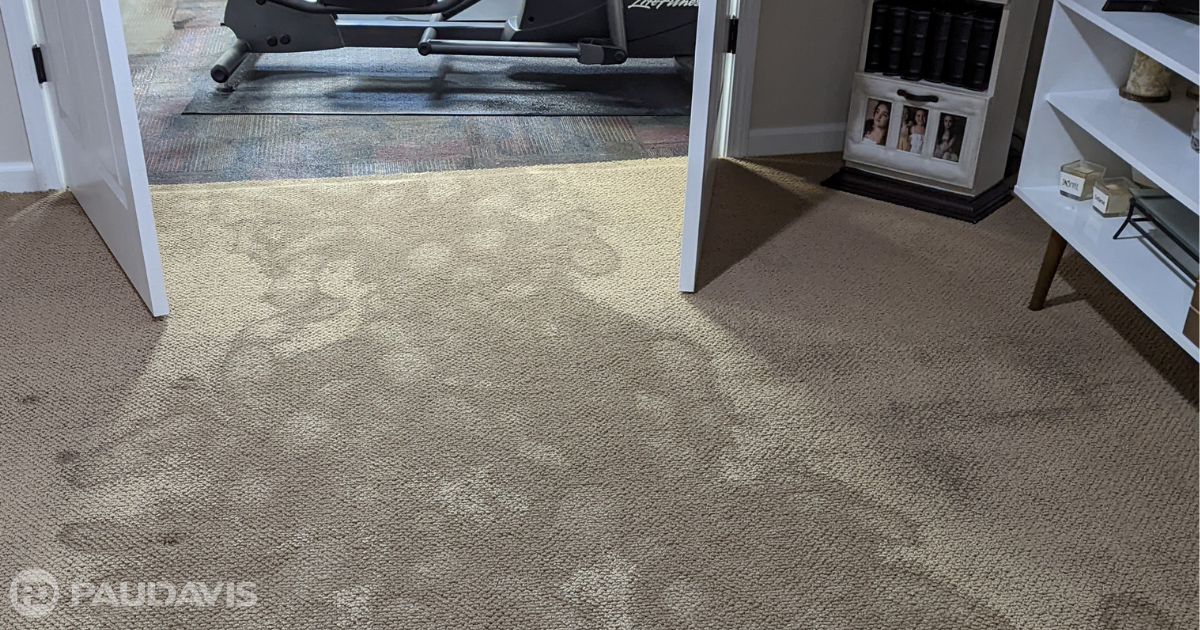
The local weather forecaster is talking very seriously about low-pressure storms expected within a few hours. ‘Oh well, you’ll be turning in for the night soon and by morning the worst of the weather will be over. No worries here.’
Look Up and Learn.
“Not so fast” advises Eddie Bruce, Owner, Paul Davis Restoration, Fort McMurray, AB. “High-pressure areas usually produce fair, settled weather. With typically mild winds and high, wispy cirrus clouds. These are the pleasant, low humidity days most of us relish.” The wispiness of cirrus clouds is caused by the fact that when their ice crystals get spread out by the wind they don't evaporate right away. “Low-pressure areas,” explains Bruce “are places where the atmosphere is relatively thin. This allows winds to blow inward toward areas which causes air to rise, producing lower stratus and cumulus clouds with condensation. Low-pressure areas tend to form well-organized storms, and soon, the skies open up with moderate to heavy rainfall.”
Safeguards To Avoid Water Damage
“When a low-pressure storm is forecast for our area, often referred to as tropical weather, long-lasting rains bring heavy water accumulation. We caution our customers to protect their properties using five safeguards to prevent water from backing up and contributing to water damage around and in their home or commercial properties.”
- Clean eavestroughs and downspouts . Blockages in eavestroughs, downspouts and underground drain pipes will quickly back up and cause water to cascade down the side of your home or building, or pond on your roof. Both situations can lead to rainwater penetrating inside.
- Clear street storm drains of debris. No, it’s not your job, but it's smart to remove debris blocking stormwater drains in the streets around your house or business. You’ll better protect your property from overflowing streets and flooded lawns that can cause seepage into your basement and other low-lying areas.
- Clean ground-level window wells. Most window wells have a drain for accumulated water. Leaves and debris blocking this drain can cause water to accumulate and press against basement windows until it seeps inside and floods basement areas. The same applies to below-ground doorways.
- Make sure your sump pump is operating. Test your sump pump by pouring water into it to make certain it operates correctly. Pumped water should always drain away from the exterior walls so that it does not flow back into the basement. Emergency battery backup is good protection should the electricity fail.
- Allow natural drainage through your property. Nearby creeks, streams and overflow drainage areas naturally flow downgrade. Make sure your property is clear of any blockages that will cause excessive pooling and ponding that might flood your home or business.
If your property suffers storm or water damage don’t hesitate to alert your insurer and contact your local Paul Davis Restoration company to remediate damage and further safeguard your property and possessions.
